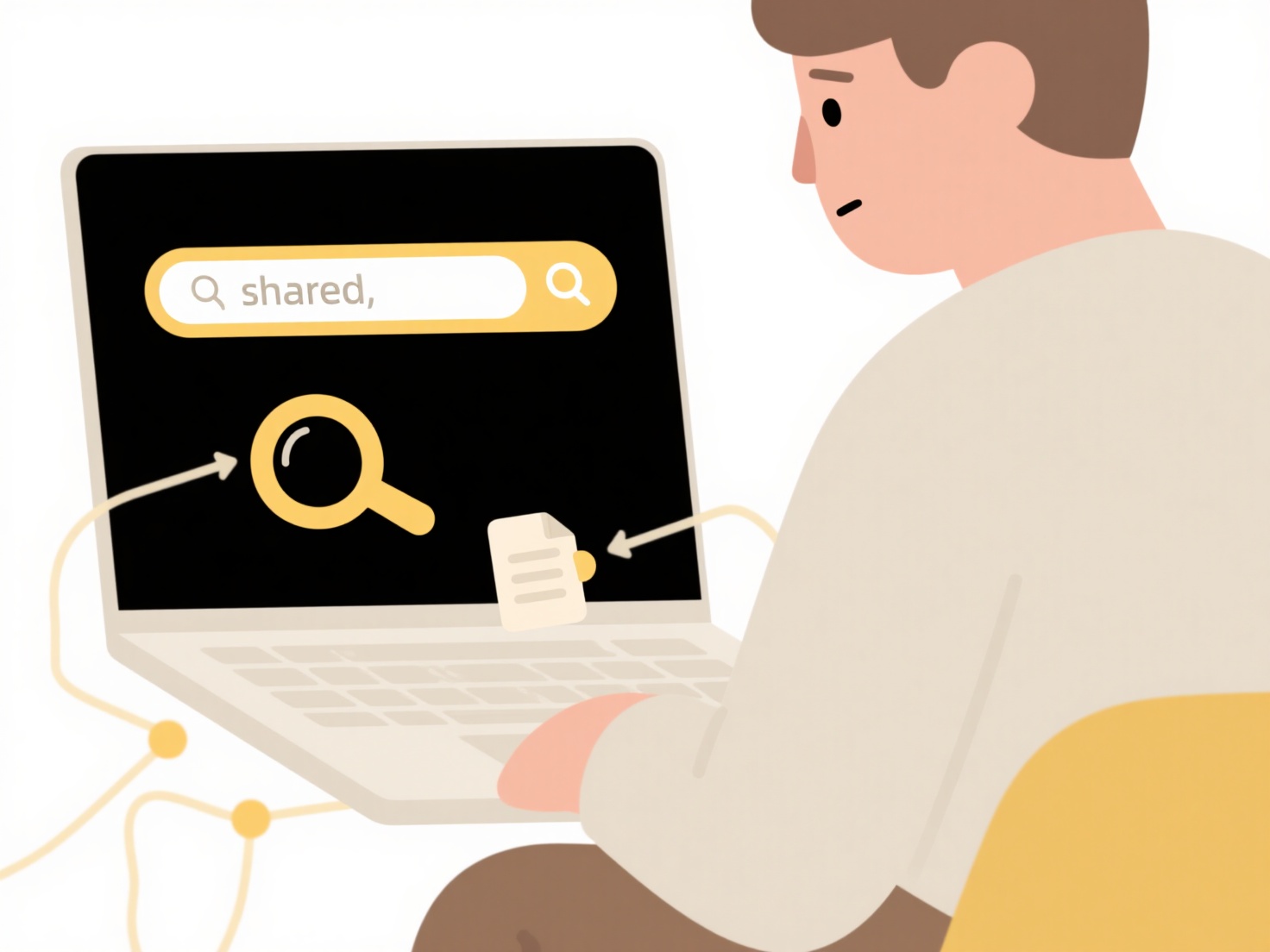
Cloud sync creates infinite file duplication loops when specific conditions in the synchronization rules and file handling cause the same content to be copied repeatedly between locations. This typically happens when changes made in one synced folder trigger immediate syncing to another, which then detects a change and syncs back to the original, creating a feedback cycle. Conflicts caused by simultaneous edits or complex folder setups where the output of one sync point feeds directly into the input of another are common triggers.

For example, configuring two-way sync between a local machine and a cloud drive might cause repeated duplication if a user creates a file in both locations simultaneously. Similarly, linking separate cloud accounts (like Dropbox to Google Drive via tools like Zapier) without careful exclusion rules can lead to files being pushed back and forth endlessly. Work documents and media libraries are common victims, as frequent changes amplify the potential for triggering loops.
While technically not infinite due to eventual conflict resolution, version caps, or service rate limits, these loops can waste significant storage and bandwidth. The primary limitation is the user accidentally creating this setup; robust cloud services often have conflict detection to eventually halt it, though prevention relies heavily on careful configuration. This highlights an ethical responsibility for providers to implement safeguards and educate users against inefficient or hazardous sync topologies.
Can cloud sync create infinite file duplication loops?
Cloud sync creates infinite file duplication loops when specific conditions in the synchronization rules and file handling cause the same content to be copied repeatedly between locations. This typically happens when changes made in one synced folder trigger immediate syncing to another, which then detects a change and syncs back to the original, creating a feedback cycle. Conflicts caused by simultaneous edits or complex folder setups where the output of one sync point feeds directly into the input of another are common triggers.

For example, configuring two-way sync between a local machine and a cloud drive might cause repeated duplication if a user creates a file in both locations simultaneously. Similarly, linking separate cloud accounts (like Dropbox to Google Drive via tools like Zapier) without careful exclusion rules can lead to files being pushed back and forth endlessly. Work documents and media libraries are common victims, as frequent changes amplify the potential for triggering loops.
While technically not infinite due to eventual conflict resolution, version caps, or service rate limits, these loops can waste significant storage and bandwidth. The primary limitation is the user accidentally creating this setup; robust cloud services often have conflict detection to eventually halt it, though prevention relies heavily on careful configuration. This highlights an ethical responsibility for providers to implement safeguards and educate users against inefficient or hazardous sync topologies.
Related Recommendations
Quick Article Links
How do I export video with subtitles embedded?
Embedded subtitles are text tracks merged directly into a video file itself, creating a single file containing both the ...
How do I track files for financial audits?
Financial audit file tracking involves implementing systematic methods to organize, store, and retrieve documents requir...
What format is best for archival or compliance exports?
Archival and compliance exports require formats ensuring long-term readability, authenticity, and immutability. They dif...